Cooking ham can be a delightful culinary endeavor that brings a touch of elegance to any meal. Whether you’re preparing for a holiday feast, a family gathering, or a simple weekend dinner, a well-cooked ham is sure to impress. This comprehensive guide will walk you through the various steps, techniques, and tips to ensure your ham turns out perfectly moist, flavorful, and visually appealing. From selecting the right type of ham to carving it with precision, we’ll cover every aspect of how to cook ham like a pro.

Understanding the Types of Ham
Before diving into the cooking process, it’s crucial to understand the different types of ham available. Each type has its unique characteristics, cooking methods, and best-suited occasions.
-
Fresh Ham: This is an uncooked ham that has not undergone preservation processes. It’s typically leaner and requires longer cooking times. Fresh ham is ideal for those who prefer to control the seasoning and cooking process entirely.
-
Country Ham: Known for its strong flavor and dry texture, country ham is usually salted and aged for several months. It’s often served thinly sliced and uncooked, but can also be cooked to soften its texture.
-
Smoked Ham: Smoked ham has been exposed to smoke, either from wood or liquid smoke, which gives it a distinct flavor and aroma. It can be fully cooked (ready-to-eat) or partially cooked (requiring further heating). Smoked hams are versatile and popular for their convenience and flavor.
-
Spiral-Sliced Ham: As the name suggests, spiral-sliced ham is pre-sliced in a spiral pattern, making it easy to serve. These hams are usually fully cooked and only need to be reheated. They’re great for beginners or those short on time.
-
Honey-Baked Ham: A type of fully cooked ham that’s been basted with a sweet glaze, often containing honey, during the cooking process. It’s known for its sweet and savory flavor profile and tender texture.
Selecting the Perfect Ham
Choosing the right ham is the foundation of a successful dish. Here are some factors to consider:
-
Size: Plan based on the number of servings you need. Generally, one pound of bone-in ham will serve about two to three people.

-
Bone-In or Boneless: Bone-in hams tend to be more flavorful and moist due to the bone’s ability to conduct heat and retain juices. Boneless hams are easier to carve and handle but may require extra care to prevent drying out.
-
Pre-Cooked or Uncooked: Pre-cooked hams require less time and effort but offer less control over seasoning. Uncooked hams allow for more customization but demand more attention during the cooking process.
-
Quality Labels: Look for labels indicating high-quality standards, such as “USDA Prime” or “Certified Organic.”
Preparing the Ham
Once you’ve selected your ham, it’s time to prepare it for cooking.
-
Trimming: If your ham has a thick layer of fat, trim it down to about 1/4 inch. This helps ensure even cooking and a more appealing appearance.
-
Scoring: For an even glaze and better flavor penetration, make shallow cuts (scoring) in a diamond or crosshatch pattern on the ham’s surface.
-
Seasoning: Apply a dry rub or marinade of your choice. Popular options include brown sugar, mustard, garlic powder, and herbs like rosemary or thyme. Let the ham sit with the seasoning for at least an hour, or overnight for maximum flavor absorption.
Cooking Methods
There are several ways to cook a ham, each offering its own set of benefits and flavors.
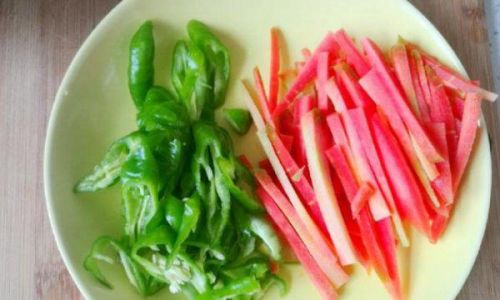
-
Oven Roasting: The most common method. Preheat your oven to 325°F (163°C). Place the ham on a rack in a roasting pan to allow heat to circulate evenly. Cover loosely with foil to prevent over-browning, and remove it for the last 30-45 minutes to allow the glaze to caramelize.
-
Slow Cooker: Perfect for hands-off cooking. Place the ham in the slow cooker, cover with liquid (such as apple cider, chicken broth, or a mixture of both), and cook on low for 6-8 hours. This method yields a very tender ham.
-
Grilling: For a smoky flavor, grill the ham over indirect heat, using a covered grill. This method requires careful monitoring to prevent burning and may require additional basting with a glaze.
-
Sous Vide: For precision cooking, use a sous vide setup. Vacuum-seal the ham with seasoning and cook at a low temperature (around 140°F or 60°C) for several hours, followed by a quick sear in a hot pan or under the broiler for a crispy exterior.
Applying the Glaze
A glaze adds a beautiful shine and an extra layer of flavor to your ham. Here’s how to do it:
-
Basic Glaze: Combine equal parts brown sugar and mustard with a pinch of cinnamon and cloves. Brush this mixture onto the ham every 30 minutes during the final hour of cooking.
-
Honey-Mustard Glaze: Mix honey, mustard, a touch of soy sauce, and a pinch of garlic powder. Apply similarly to the basic glaze.
-
Pineapple Glaze: Use crushed pineapple, brown sugar, and a bit of rum or pineapple juice. This adds a tropical sweetness.
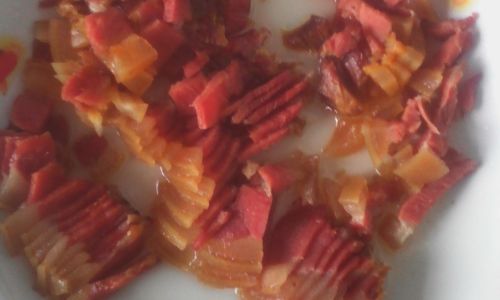
-
Fruit-Based Glazes: Experiment with combinations like apple cider vinegar and brown sugar, cherry jelly mixed with mustard, or cranberry sauce sweetened with honey.
Checking for Doneness
Use a meat thermometer to ensure your ham reaches a safe internal temperature of 145°F (63°C) for cooked ham or 160°F (71°C) for fresh ham. Insert the thermometer into the thickest part of the ham, avoiding the bone if possible.
Resting and Serving
Once cooked, let the ham rest for 15-20 minutes. This allows the juices to redistribute, ensuring a moist and tender slice.
-
Carving: Use a sharp knife to carve the ham. Start by removing any skin or fat cap, then slice thinly along the grain. For spiral-sliced hams, simply pull apart the slices.
-
Serving Suggestions: Serve ham with a variety of sides such as roasted vegetables, mashed potatoes, cranberry sauce, and deviled eggs. Don’t forget the condiments – mustard, honey, and horseradish cream all pair well with ham.
Storage and Leftovers
Leftover ham can be stored in the refrigerator for 3-4 days or frozen for up to 2 months. Slice and repackage leftovers in airtight containers for easy use in sandwiches, soups, casseroles, and salads.
Conclusion
Cooking ham may seem like a daunting task, but with the right knowledge and techniques, it can be a rewarding culinary experience. By understanding the types of ham, selecting the perfect one for your needs, preparing it properly, and choosing the right cooking method and glaze, you’ll be able to create a ham dish that’s sure to delight your guests. Remember, the key to success is patience, attention to detail, and a willingness to experiment with different flavors and techniques. Happy cooking!

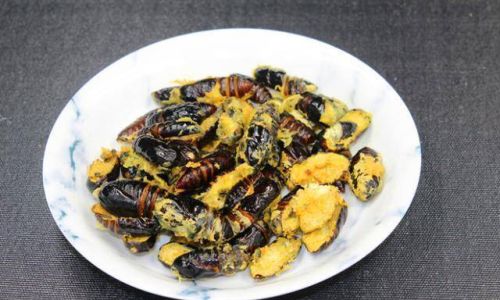
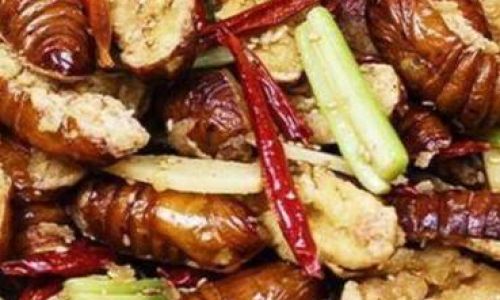
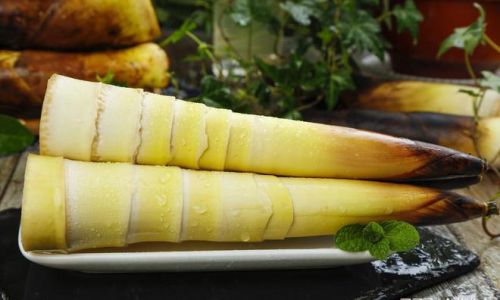
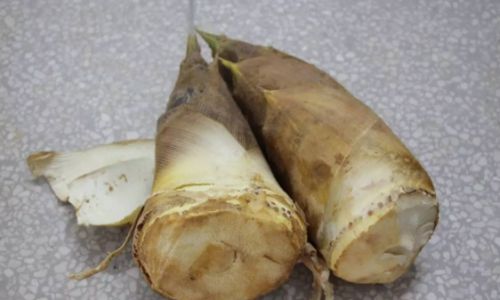
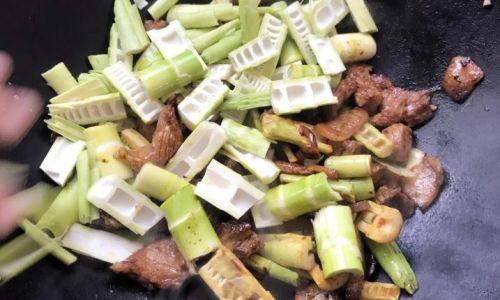
0 comments